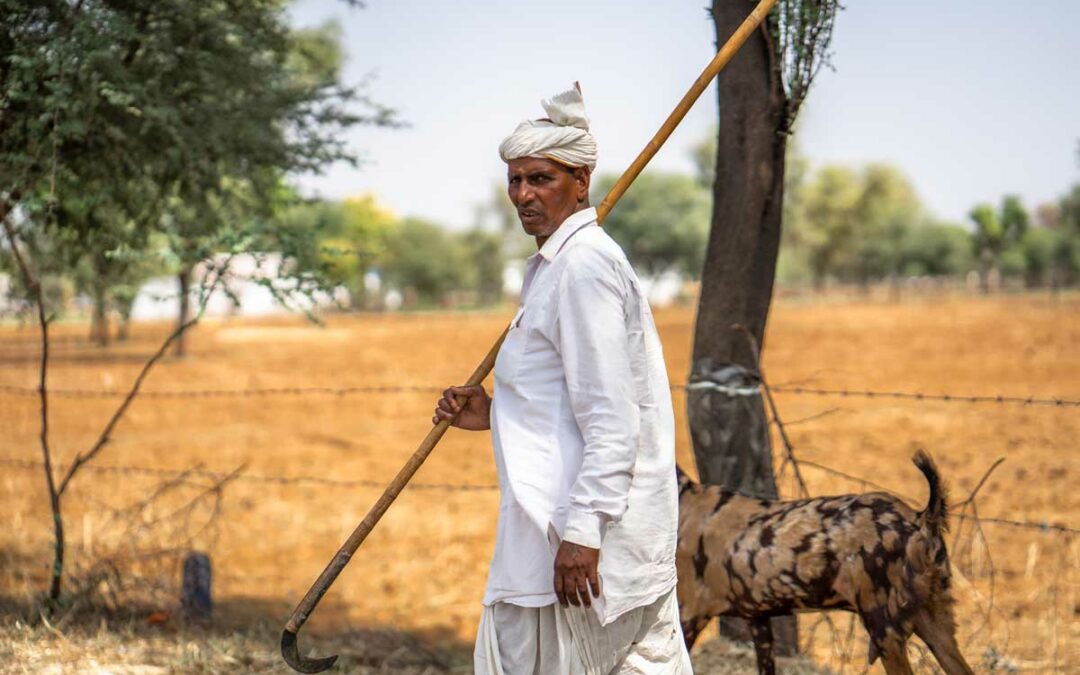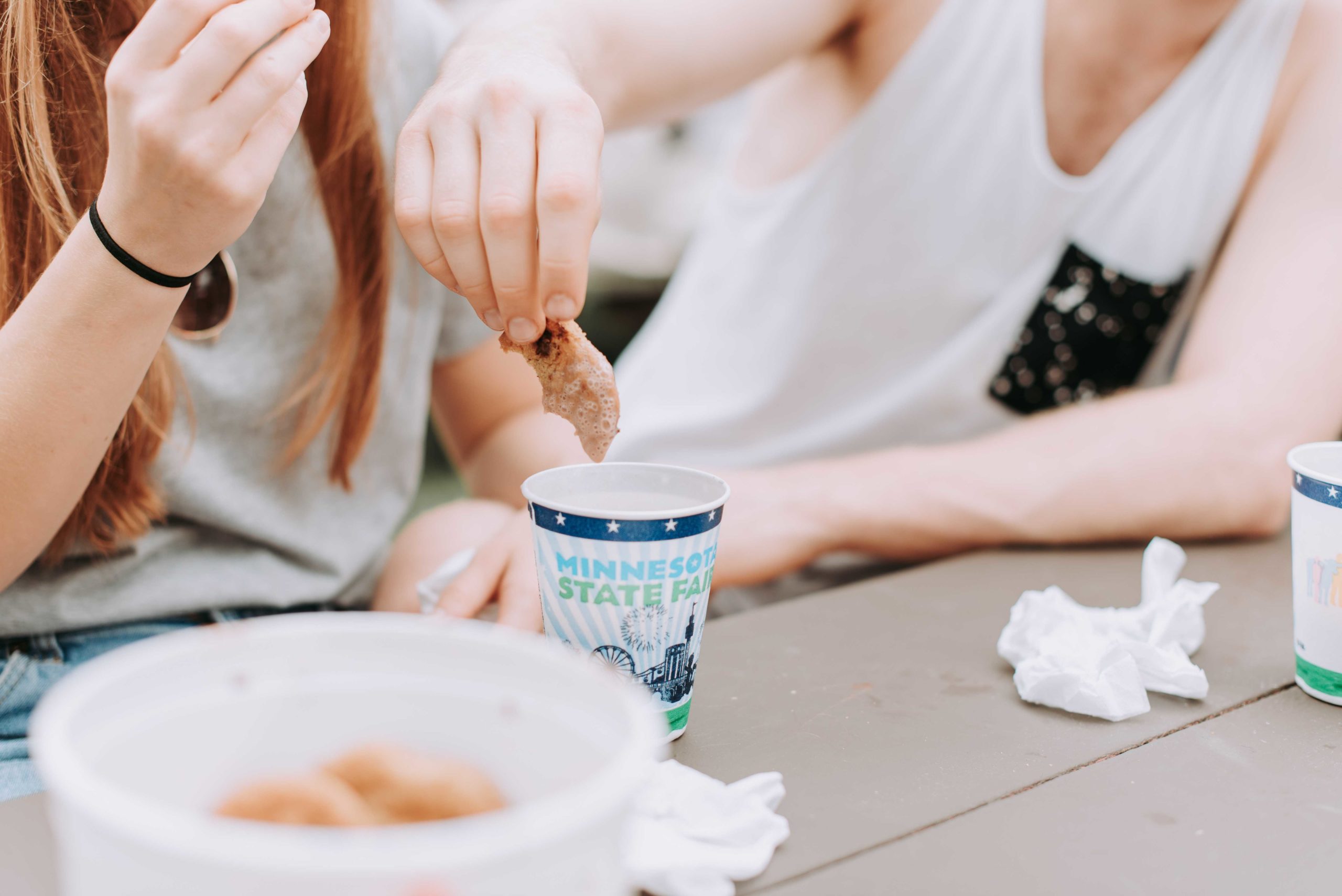
30 Weird and Wonderful Facts About Coffee
Coffee is one of the most beloved beverages worldwide, enjoyed by millions of people every day. Its rich, complex flavour and energising properties make it the perfect pick-me-up for early mornings, afternoon slumps, and everything in between. But coffee is more than just a tasty beverage – it has a fascinating history, a vibrant culture, and a host of health benefits.
In this article, we’ll explore 30 weird and wonderful facts about coffee that you may not have known before. So sit back, grab a cup of your favourite brew, and prepare to be amazed by all that coffee has to offer!
1. Coffee Beans Aren’t Actually Beans
Bet you didn’t know that coffee beans aren’t beans at all! They’re actually seeds of the coffee fruit, commonly known as coffee cherries. The seeds are nestled inside the fruit, which is typically red or purple when ripe. These seeds are then extracted, processed, and roasted to create the coffee beans we all know and love.
2. Goats Discovered Coffee
Legend has it that an Ethiopian goatherd named Kaldi discovered coffee in the 9th century. He noticed his goats becoming more energetic after nibbling on some mysterious red berries. Intrigued, Kaldi tried the berries himself and felt a burst of energy. He took the berries to a local monastery, and that’s where the love affair with coffee began.
3. Coffee Was Once Considered “The Bitter Invention of Satan”
Back in the 16th century, coffee was met with scepticism and even dubbed “the bitter invention of Satan” by some Christian leaders. However, after Pope Clement VIII tried it, he enjoyed the taste and gave coffee his papal approval, helping it gain acceptance among the masses.
4. Finland Consumes the Most Coffee Per Capita
Finns love their coffee! In fact, they consume more coffee per capita than any other country, with an average of around 12 kg per person per year. That’s nearly double the amount consumed in the UK!
5. Espresso is Not a Coffee Bean
Contrary to popular belief, espresso is not a type of coffee bean, but rather a method of brewing. By forcing hot water through finely-ground coffee under high pressure, you get a concentrated coffee with a rich, full-bodied flavour – that’s an espresso!
6. The World’s Most Expensive Coffee Comes from Animal Droppings
Kopi Luwak, also known as civet coffee, is made from coffee cherries that have been eaten and excreted by civet cats. The digestive process is believed to improve the flavour of the coffee, making it highly sought after and incredibly expensive. A pound of this rare coffee can set you back over £500!
7. Coffee Can Help You Burn Fat
Studies have shown that caffeine can increase your metabolic rate by 3-11%, helping you burn more calories throughout the day. It’s also been found to enhance physical performance, making it a popular choice among athletes and gym-goers.
8. The Largest Coffee Chain Started with Just One Store
Starbucks, the world’s largest coffee chain, started with just one store in Seattle back in 1971. Today, there are over 30,000 Starbucks locations across the globe.
9. Coffee Was Almost Lost to History
In the early 20th century, a fungal disease called coffee leaf rust devastated coffee crops in Sri Lanka, which was the world’s largest coffee producer at the time. The disease spread rapidly, forcing many farmers to switch to tea cultivation. It’s a good thing they did, as tea is now a beloved beverage worldwide!
10. There Are Two Main Species of Coffee
Arabica and Robusta are the two main species of coffee plants. Arabica is known for its smooth, delicate flavour and lower caffeine content, while Robusta is stronger, more bitter, and higher in caffeine. Many coffee blends are made from a combination of the two.
11. Coffee Can Improve Your Mood
Coffee contains a compound called trigonelline, which has been shown to have mood-enhancing properties. So if you’re feeling down, a cup of coffee might just be the pick-me-up you need!
12. The World’s First Coffee Shop Was in Constantinople
The world’s first coffee shop, Kiva Han, was opened in Constantinople (now Istanbul, Turkey) in the 15th century. It quickly became a popular gathering place for intellectuals, artists, and other notable figures, cementing coffee’s place in history as a beloved beverage and cultural institution.
13. The World’s Strongest Coffee is Dangerously Caffeinated
Black Insomnia Coffee holds the title for the world’s strongest coffee, with a staggering 702 mg of caffeine per 12-ounce cup. That’s more than three times the amount found in a standard cup of coffee! It’s so strong that it’s not recommended for those with heart conditions or sensitivity to caffeine.
14. Coffee Can Help Prevent Type 2 Diabetes
Research has shown that coffee consumption is linked to a reduced risk of developing type 2 diabetes. This is thought to be due to the presence of antioxidants and minerals in coffee, which help the body use insulin more effectively.
15. The Term “Cup of Joe” Has Naval Origins
The term “cup of joe” is believed to have originated from Josephus Daniels, the US Secretary of the Navy during World War I. He banned alcohol on US Navy ships, leading sailors to turn to coffee as their beverage of choice. The name “cup of joe” stuck as a nod to Daniels and his influence on the Navy’s coffee consumption.
16. Instant Coffee Was Invented by a Chemist
In 1901, Japanese chemist Satori Kato invented the first instant coffee. It wasn’t until the 1930s, however, that it gained popularity, thanks to the Nestlé company and their Nescafé brand.
17. Coffee Can Extend Your Life
Drinking coffee has been linked to a lower risk of early death from various causes. Research suggests that those who drink 3-4 cups of coffee per day have a 17% lower risk of death from all causes, compared to non-drinkers.
18. Coffee Houses Were Once Banned in England
In 1675, King Charles II ordered the closure of all coffee houses in England, fearing they were breeding grounds for political dissent. However, public outcry was so strong that he was forced to reverse the decision just 11 days later.
19. Beethoven Was a Coffee Lover
Famed composer Ludwig van Beethoven was known to be a coffee aficionado. He was very particular about his brew and insisted on using exactly 60 coffee beans for each cup.
20. The Coffee Break Originated in the USA
The concept of the coffee break is said to have originated in the USA in the early 20th century. Factory workers would take a brief break to drink coffee and recharge, a tradition that has since spread across the globe.
21. The First Webcam Was Invented to Monitor a Coffee Pot
In 1991, researchers at the University of Cambridge created the first webcam to keep an eye on their coffee pot. They wanted to know when a fresh pot was brewed without having to leave their desks. Talk about dedication to coffee!
22. Coffee Can Help Prevent Alzheimer’s and Parkinson’s Disease
Several studies have found that coffee consumption is linked to a reduced risk of developing Alzheimer’s and Parkinson’s disease. It’s thought that the antioxidants and other compounds in coffee help protect brain cells from damage.
23. The Flat White Was Invented in Australia or New Zealand
The flat white, a popular coffee drink featuring a double shot of espresso topped with steamed milk, was created in either Australia or New Zealand – the exact origin is still a topic of debate between the two countries.
24. The World’s First Coffee Ad Was Created in 1652
The first known coffee advertisement was published in London in 1652. It was an endorsement by a Turkish man named Pasqua Rosee, who opened a coffee house and wanted to promote his new business.
25. The Word “Cappuccino” Comes from an Order of monks
The word “cappuccino” is said to have originated from the Capuchin monks in Italy, who wore brown robes that resembled the colour of the coffee and milk mixture. The drink itself is made of equal parts espresso, steamed milk, and milk foam.
26. Coffee Can Help Reduce Depression
Studies have found that caffeine can help reduce symptoms of depression by stimulating the release of dopamine and other neurotransmitters in the brain. Of course, it’s important to note that coffee shouldn’t be a substitute for proper medical treatment for depression.
27. The World’s Most Popular Coffee Blend is Made with Brazilian Beans
Brazil is the world’s largest producer of coffee, and its beans are used in the most popular coffee blend worldwide – the classic Italian espresso.
28. Coffee Can Help Boost Your Brainpower
Caffeine is a natural stimulant that can help improve brain function, including memory, mood, and alertness. Just be careful not to overdo it, as too much caffeine can lead to jitters and other negative side effects.
29. Coffee Grounds Can Be Used as Fertilizer
Coffee grounds are rich in nitrogen and other nutrients that can help nourish plants and improve soil quality. Just be sure to let the grounds dry out before using them as fertilizer.
30. The World’s Largest Cup of Coffee Was Over 3,700 Gallons
In 2019, a group of coffee enthusiasts in South Korea brewed the world’s largest cup of coffee, which measured over 3,700 Gallons. It took over 12 hours to brew, and over 1,000 people helped drink it!
So there you have it – 30 weird and wonderful facts about coffee. From its mysterious origins to its health benefits and cultural significance, coffee truly is a fascinating and beloved beverage. So go ahead, pour yourself a cup and savour all that this wonderful drink has to offer.


